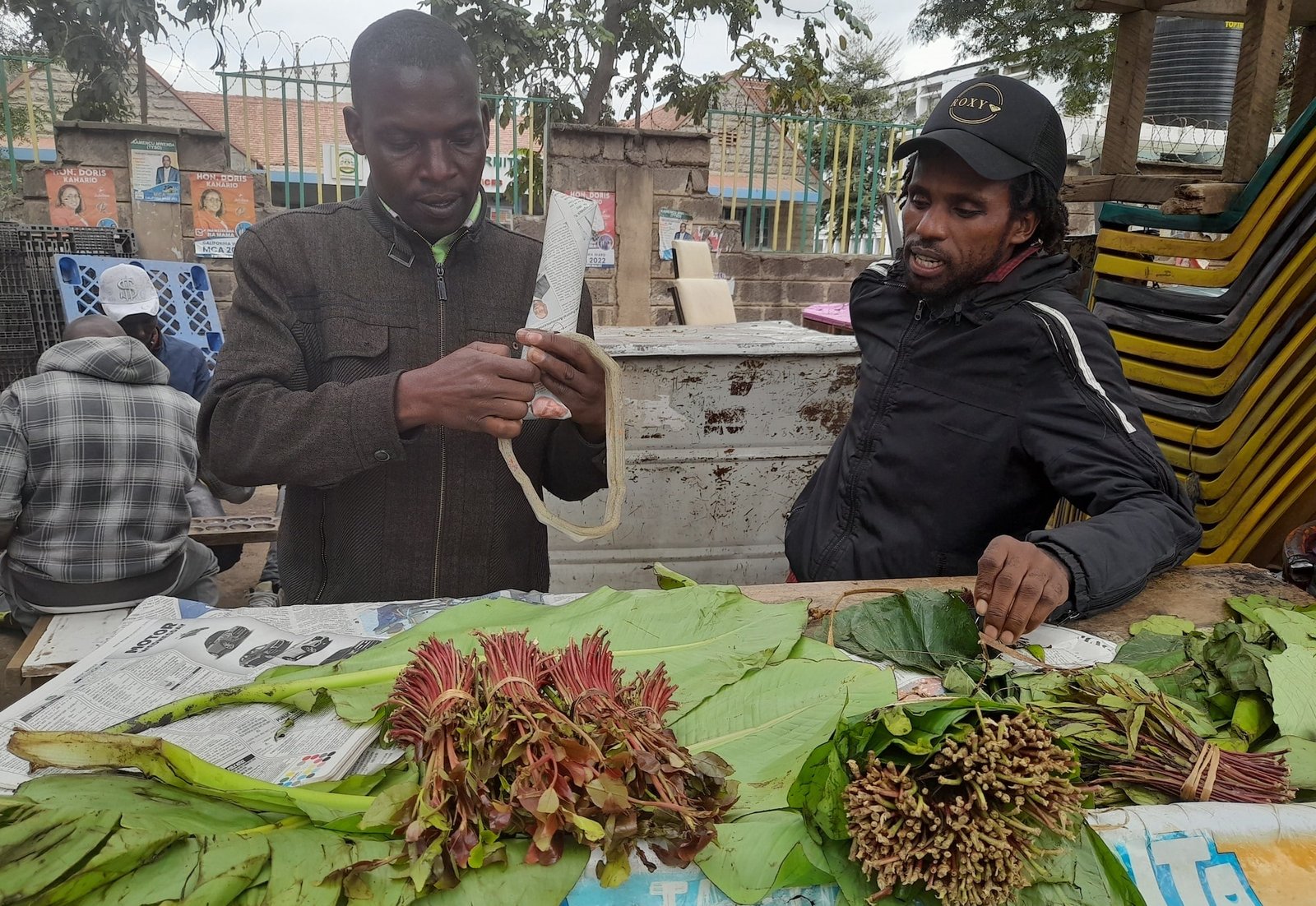The regulations published in June require miraa farmers and traders to comply with high quality and safety standards (KNWA 2940:2021) in the production, processing and packaging of the produce to make the produce competitive in the local and export markets.
The rules also seek to shield farmers from exploitation by brokers or middlemen by organizing themselves as formal business entities and bring order to a sector that has gained notoriety for the dangerous driving of its transportation trucks.
“The Crops (Miraa) (Amendments) Regulations, 2022 are going to improve and address various gaps that currently exist in the miraa value chain. They will demonstrate the procedures and conditions for people to deal with the miraa crop as well as guide on the issues of compliance with standards, quality and safety of miraa for the export market,” Mr Felix Mutwiri, the Agriculture and Food Authority (AFA) Acting Director for Pyrethrum, Miraa and Industrial Crops Directorate, told PanAfrican Agriculture in an interview.
“We will no longer have ‘flying cars’ from Meru, Embu and Tharaka Nithi counties transporting the product to Nairobi, Mombasa or other major destinations.
Farmers and even traders will embrace modern technology as we explore to have cold storage sheds at the collection centers as well as have refrigerated or aerated vehicles that will be transporting the miraa crop.
” The new regulations are also expected to facilitate trade by having farmers, traders and associations register and licensed to improve collection and maintenance of data related to the sector.
“The aspect of compliance and enforcement of standards will also come into place for the assurance of products. This will be a value proposition as miraa will now be able to meet the requirements of the European retailer’s protocol on good agricultural practices,” Mr Mutwiri said.

